- Home | Industry Update | Sweden Faces Textile Waste Challenge As Recycling System Ove...
Sweden Faces Textile Waste Challenge as Recycling System Overflows
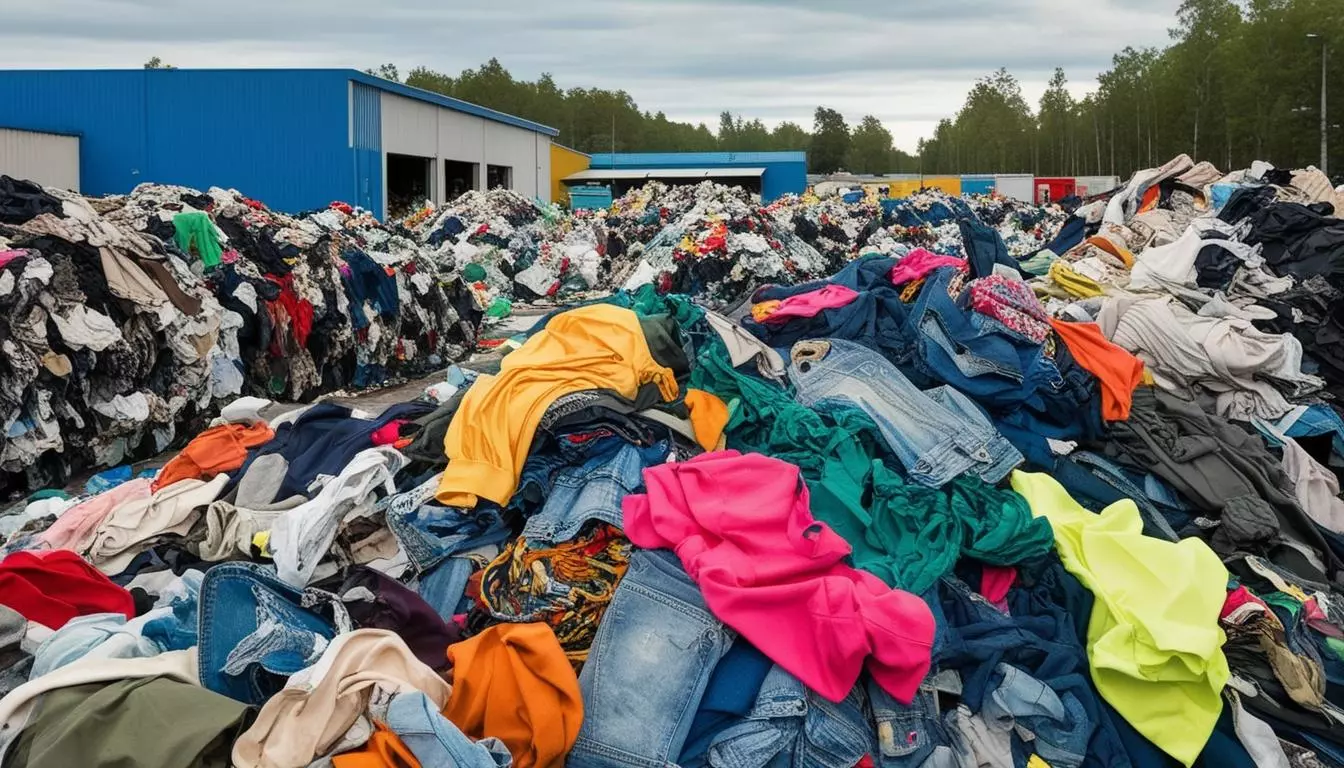
Sweden is facing an unexpected challenge as a surge in textile waste puts immense pressure on its recycling infrastructure. Beginning October 1, the Swedish government will allow certain types of used clothing such as torn socks, stained fabrics, and worn-out garments to be disposed of with regular household trash. This step comes after the European Union introduced a new regulation mandating member states to collect and recycle textiles separately, similar to the processes for glass, paper, and food waste.
Since the start of the year, textile waste volumes have surged dramatically, leading to higher sorting costs and overcrowded recycling facilities. The Swedish environment ministry acknowledged that the nation’s current system is not equipped to manage the rapid increase. Environment Minister Romina Pourmokhtari clarified that only heavily damaged textiles unfit for reuse will be exempted from recycling.
Recycling organisations like Humana Sverige are also bearing the brunt of the crisis. The group, which collects and sells second-hand clothing, reported a sharp rise in textile donations, forcing it to shut down nearly 600 of its 1,300 collection points. "It is simply impossible for us to manage this volume," said a Humana representative.
The problem, however, extends beyond Sweden’s borders. Sorting centres across Europe are overwhelmed, with mountains of used clothes piling up faster than they can be processed. While the EU's aim to reduce waste and encourage sustainability is commendable, the implementation has revealed gaps in infrastructure readiness.
Sweden’s new decision seeks to strike a balance between environmental responsibility and practical waste management, as Europe continues to adjust to its ambitious textile recycling goals.
11:34 AM, Jul 22
Industry Update

Carrington Textiles Introduces Defence Stock Range for Faster Access to Military Fabrics...view more




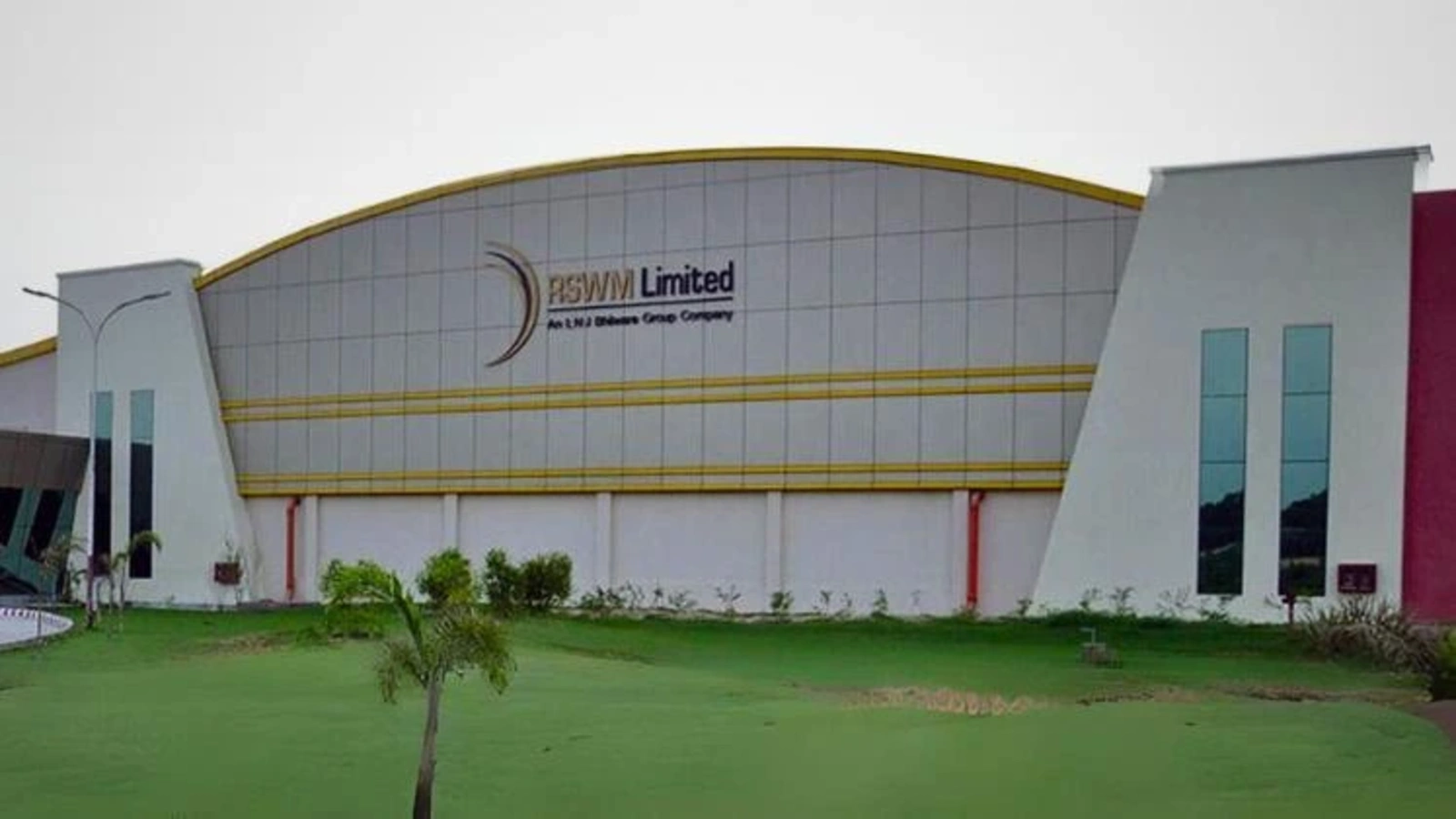
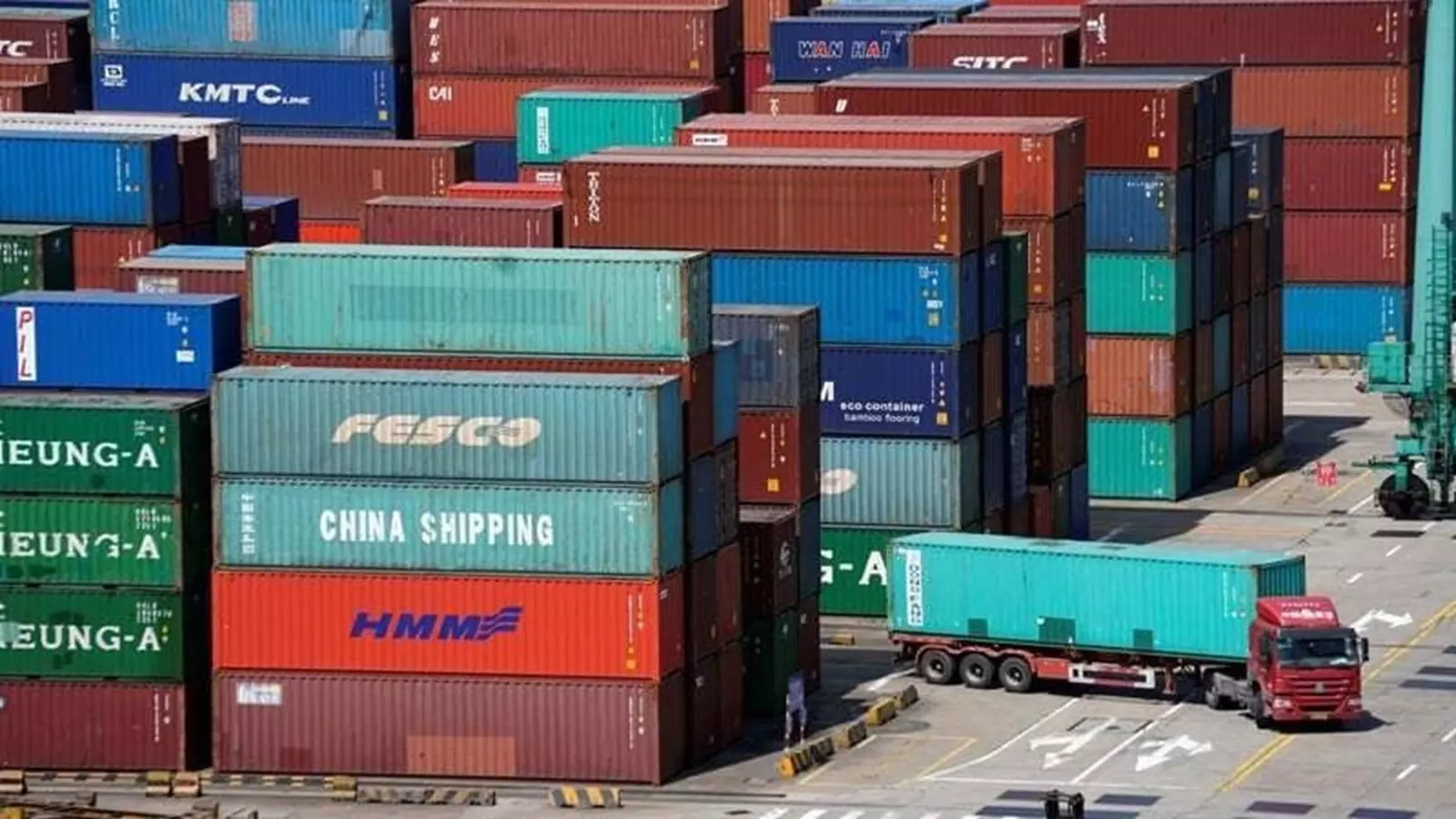

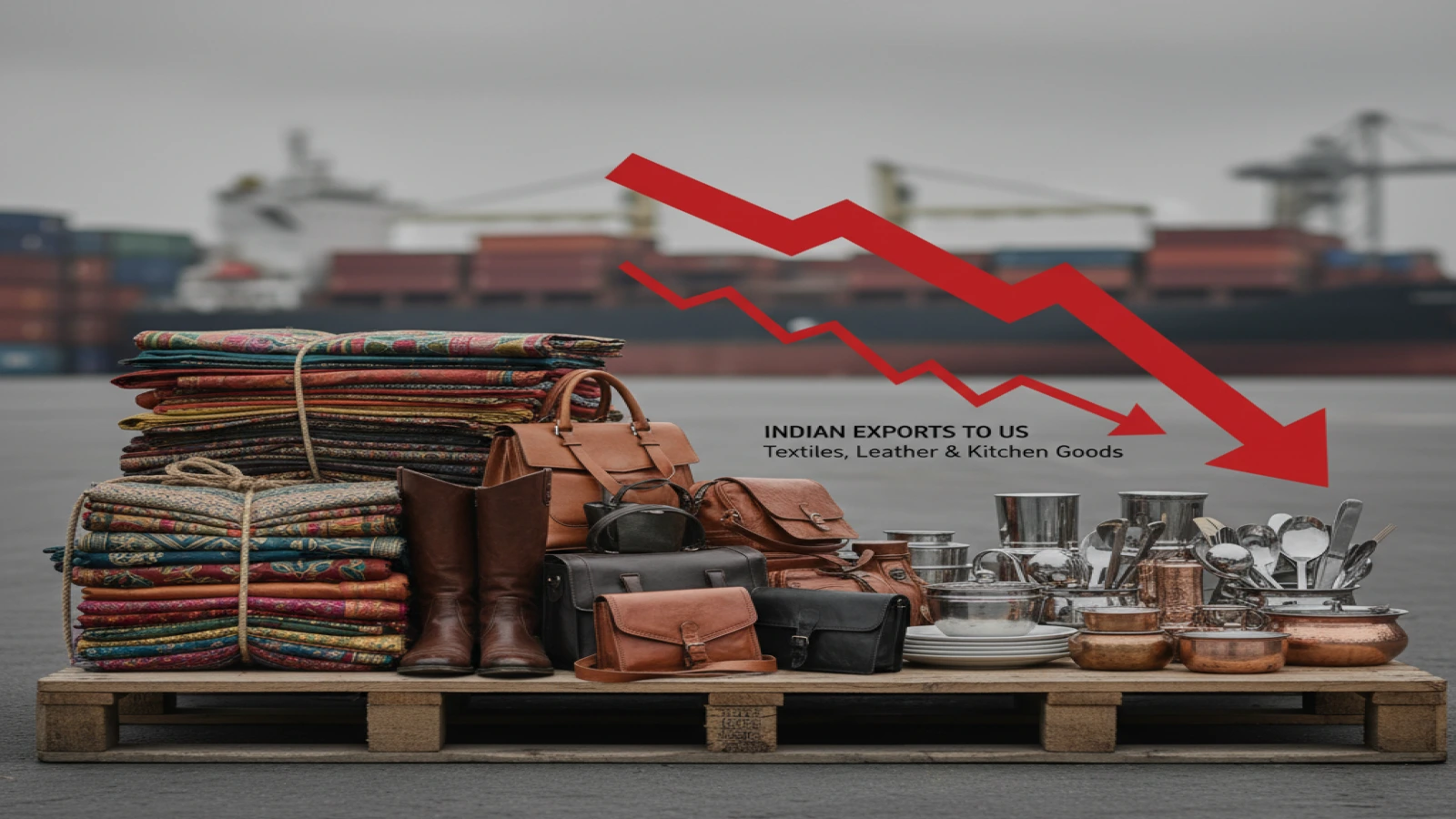

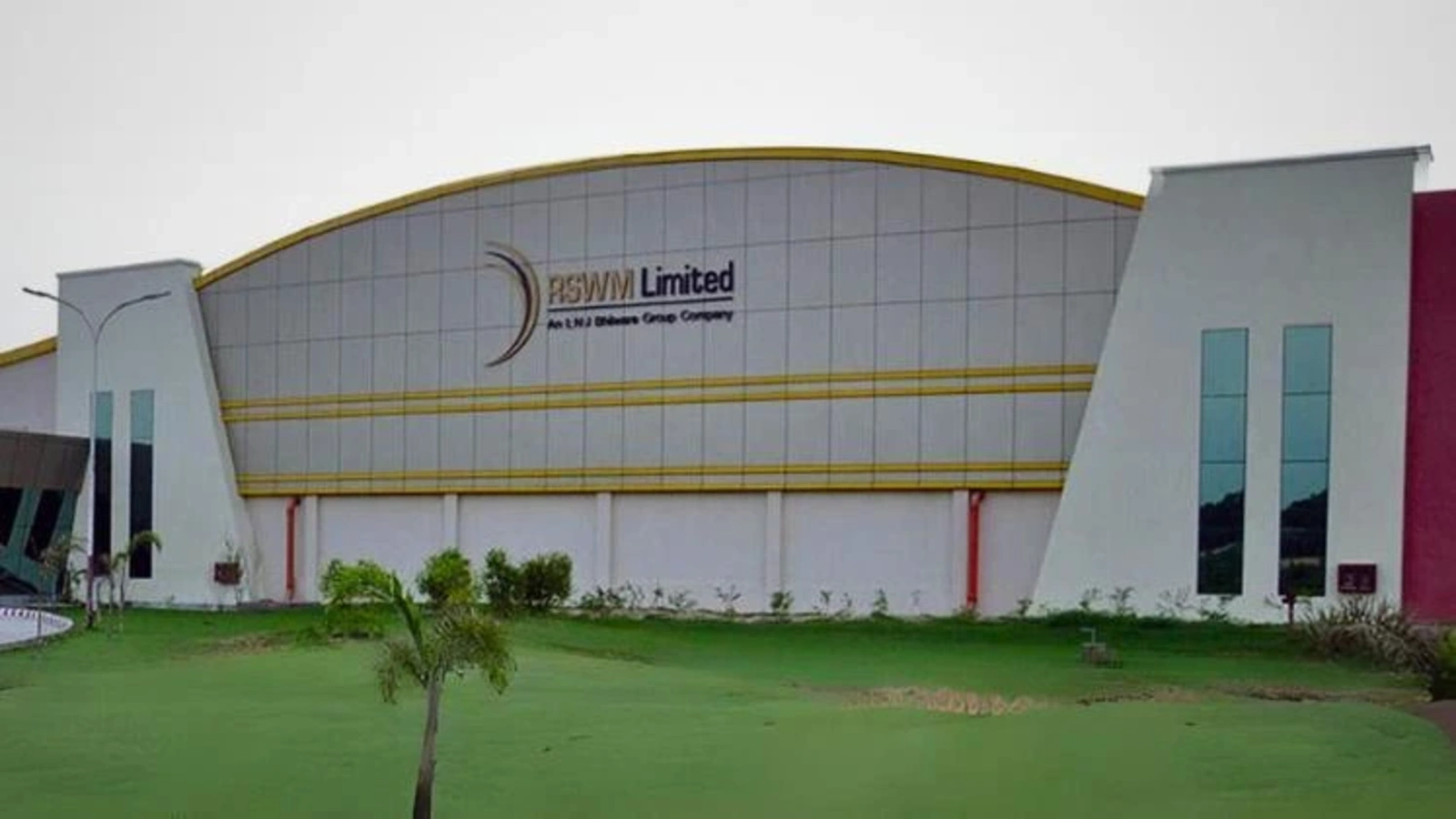
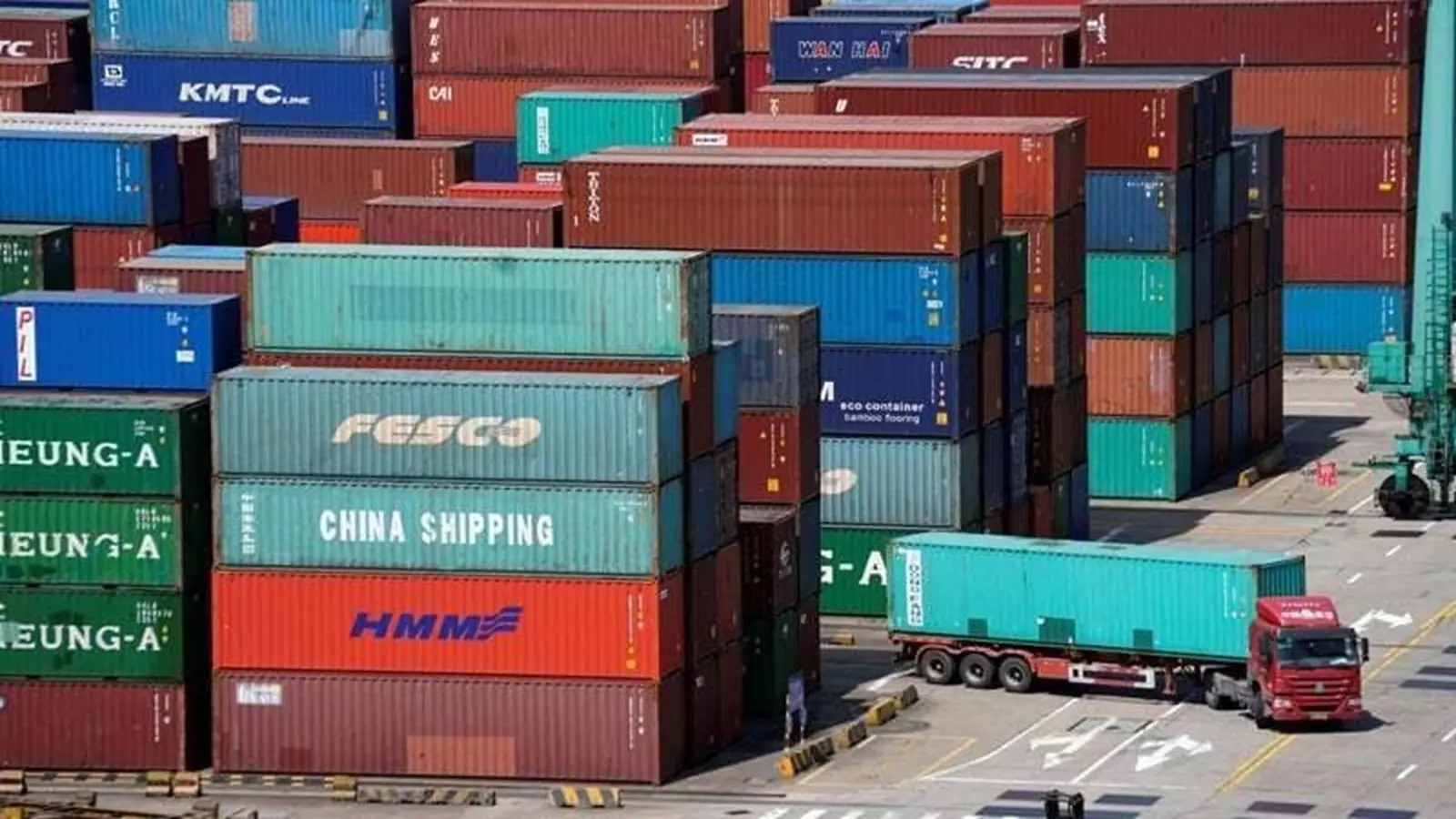

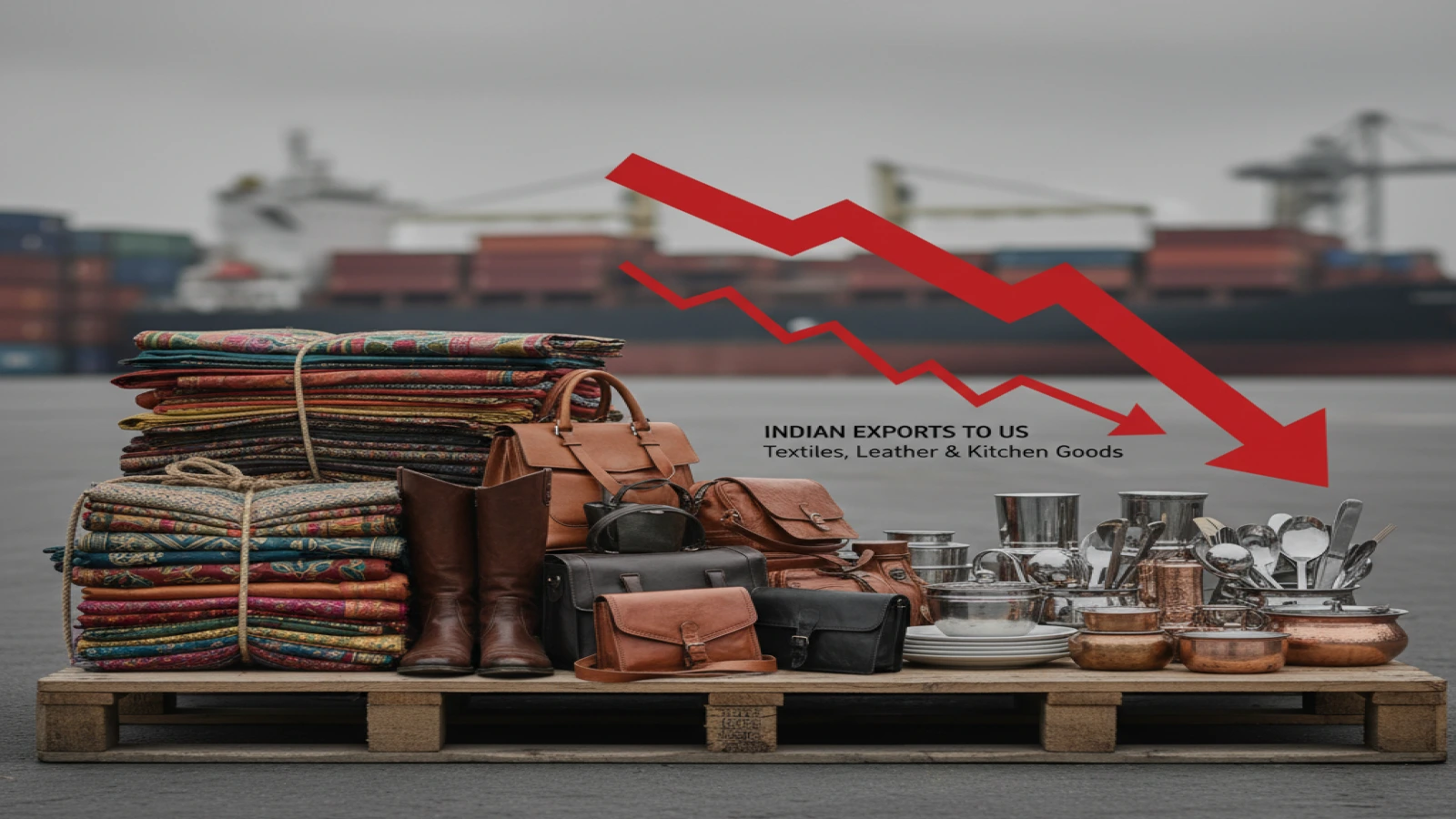
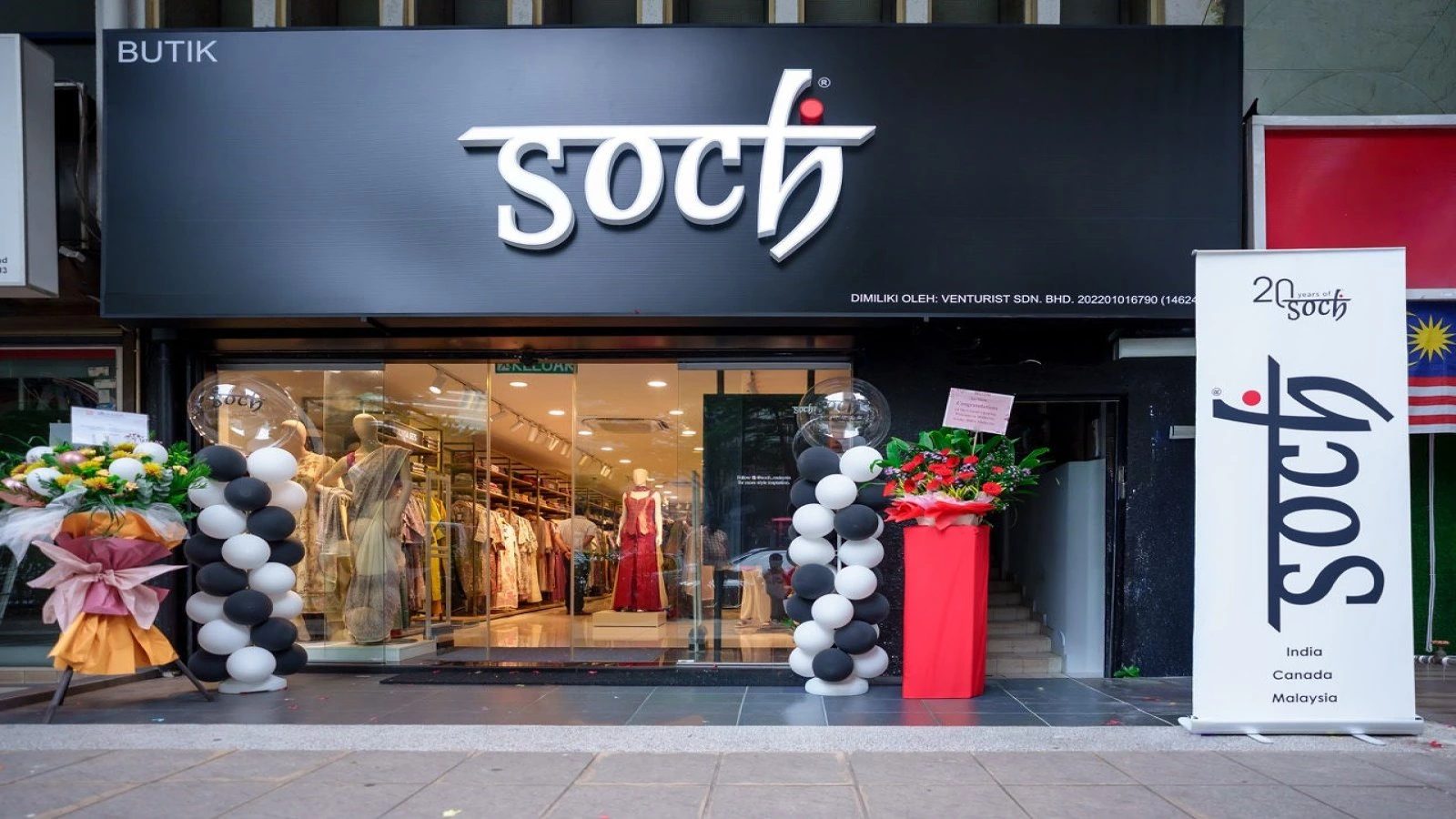


1.webp)
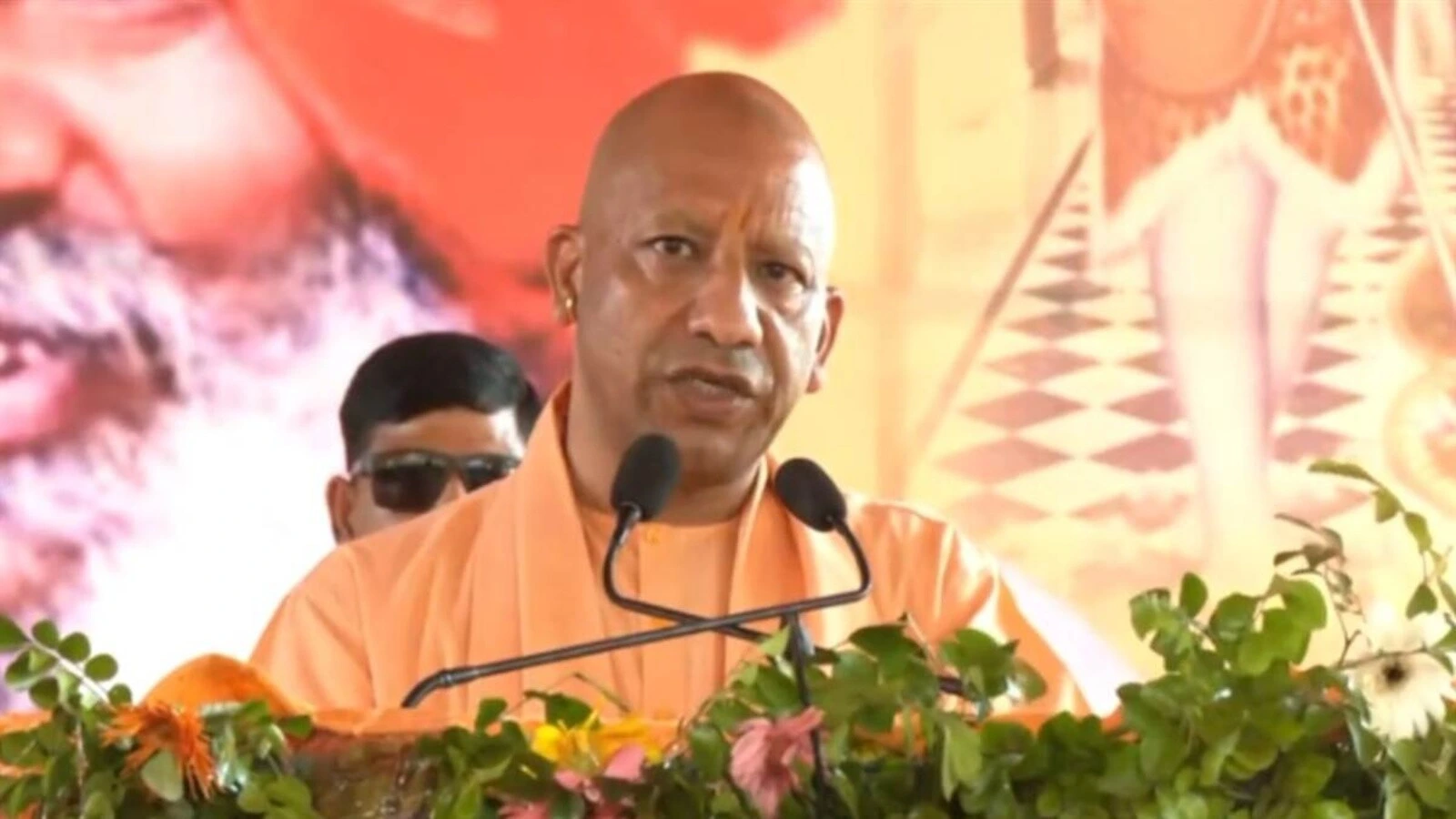
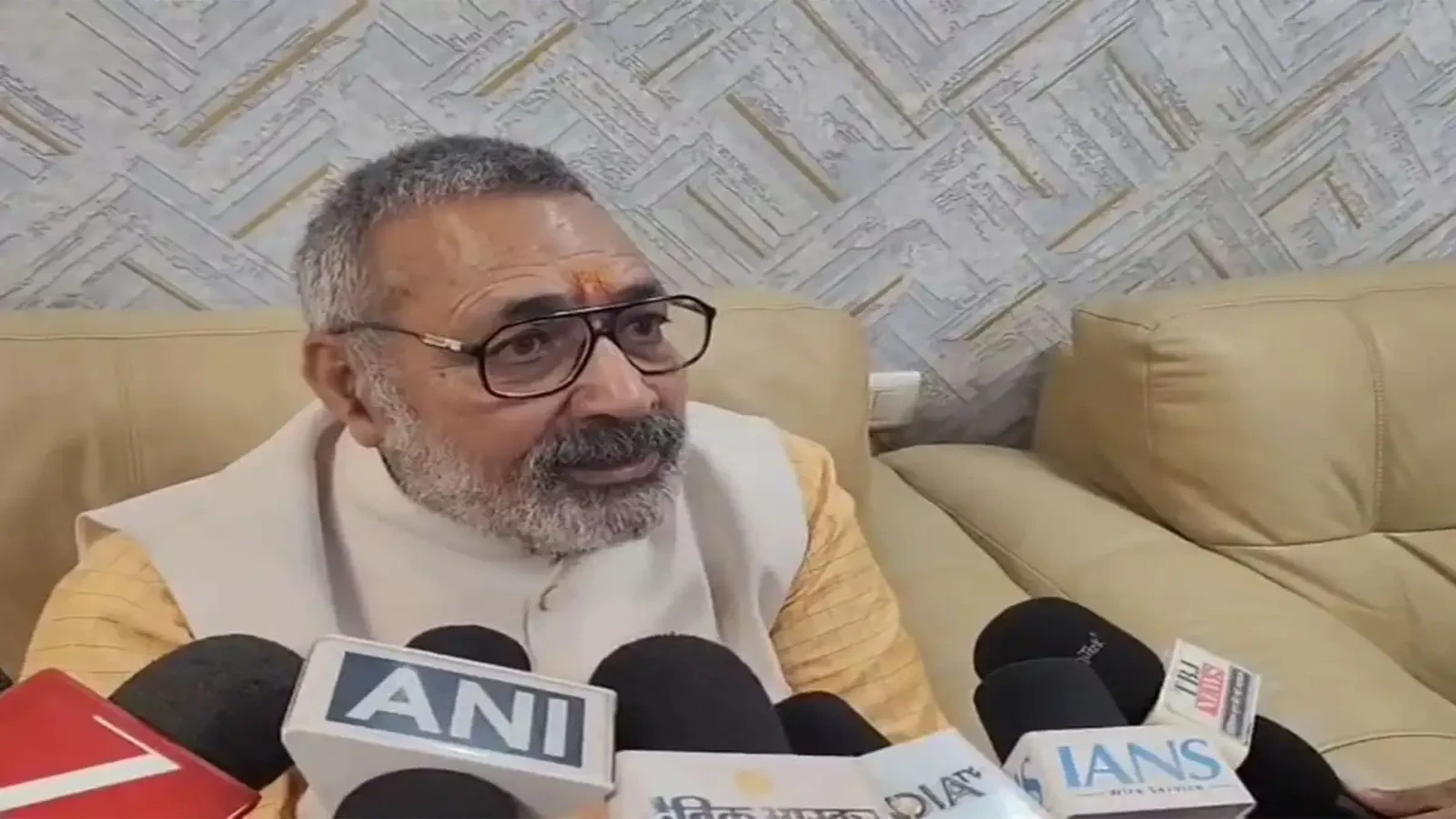





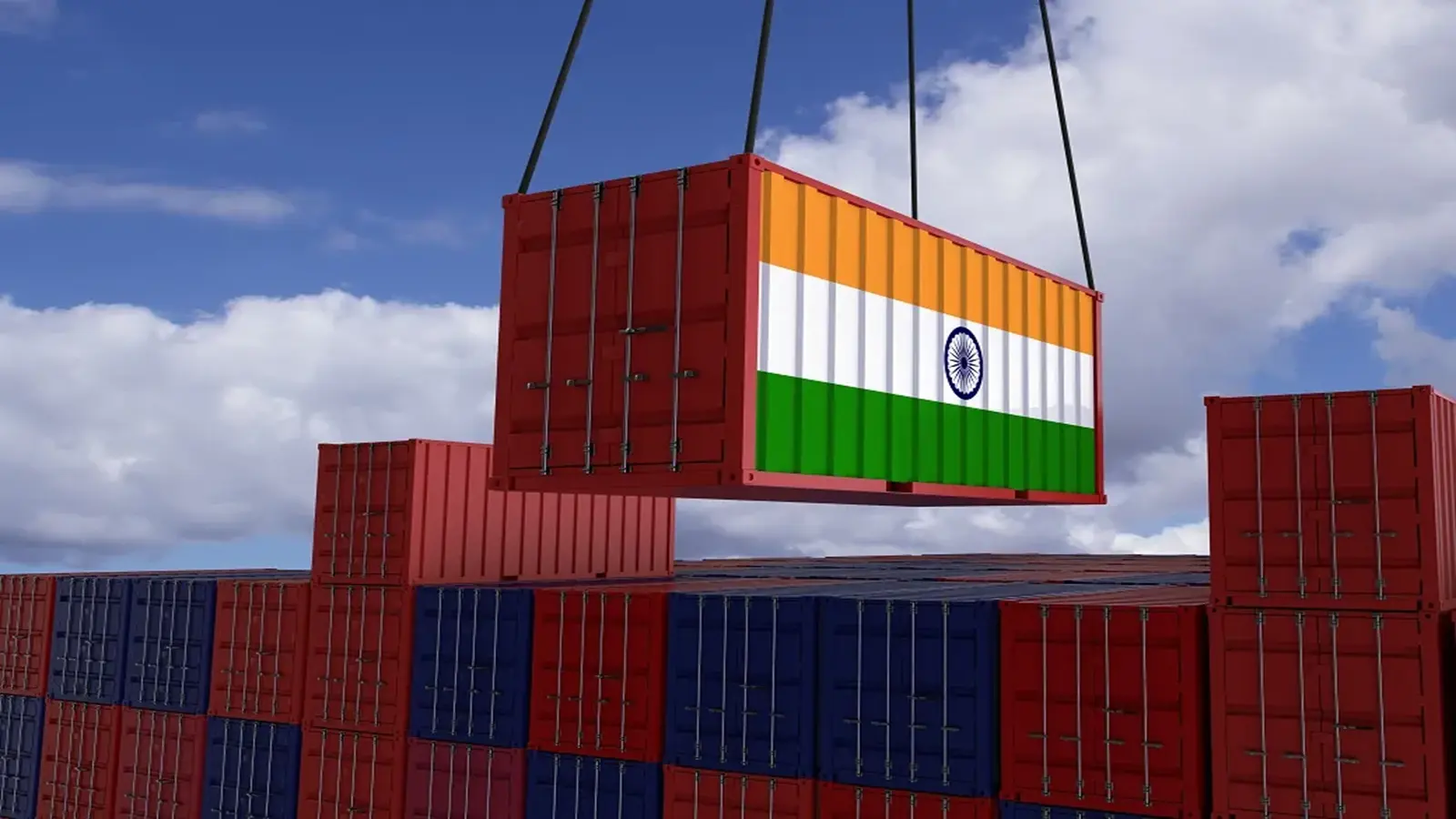

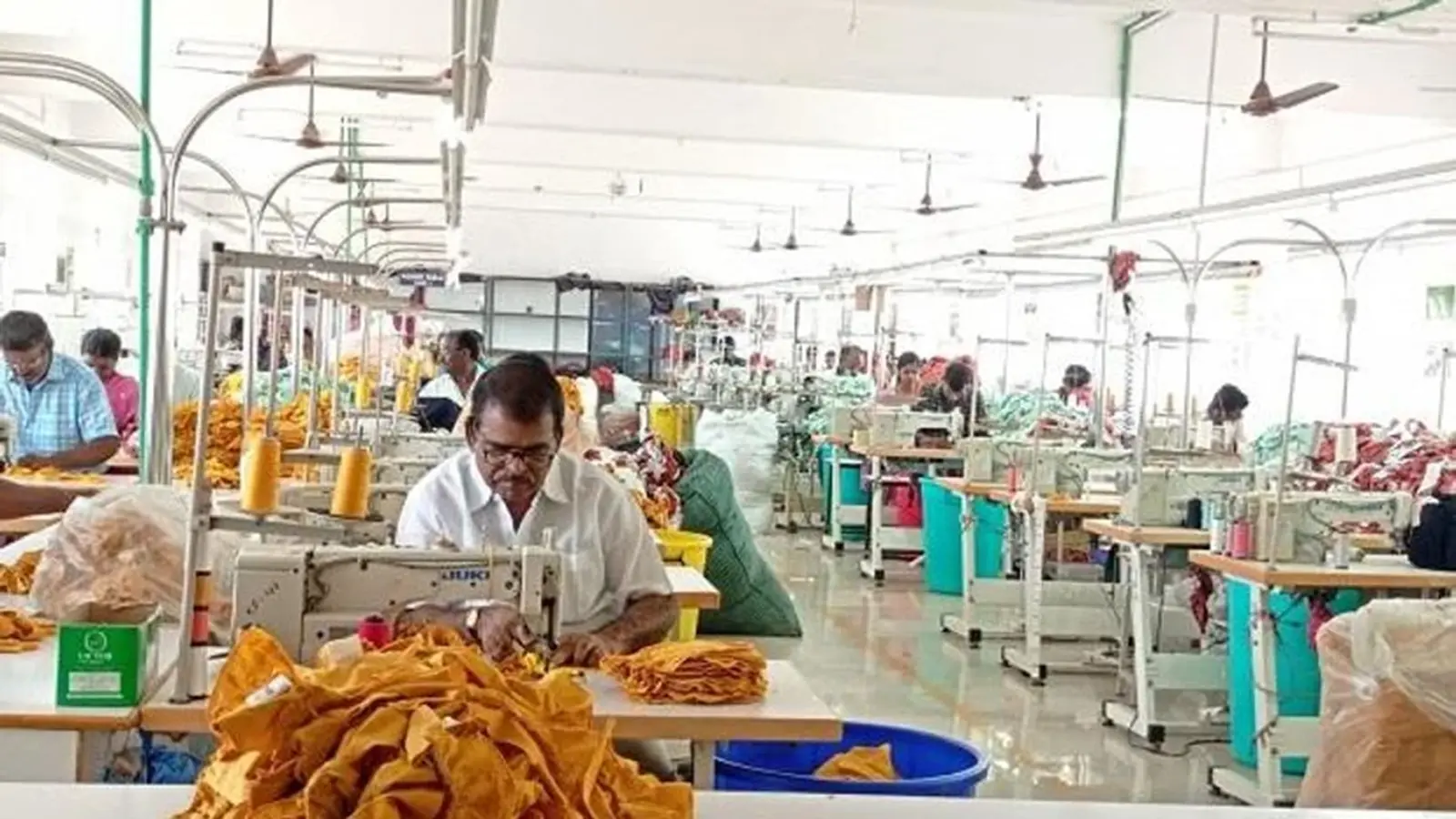
.webp)




1.webp)
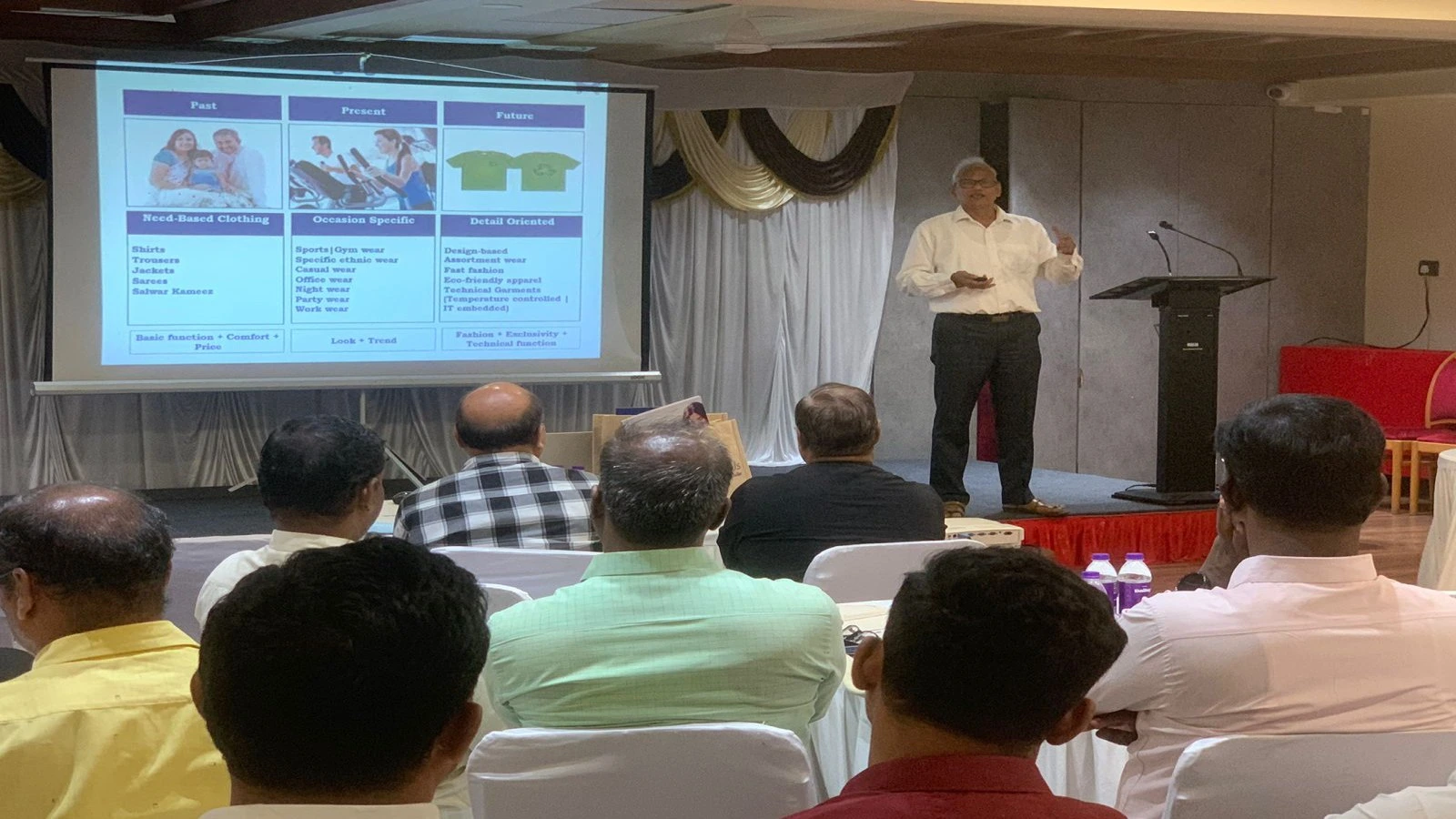

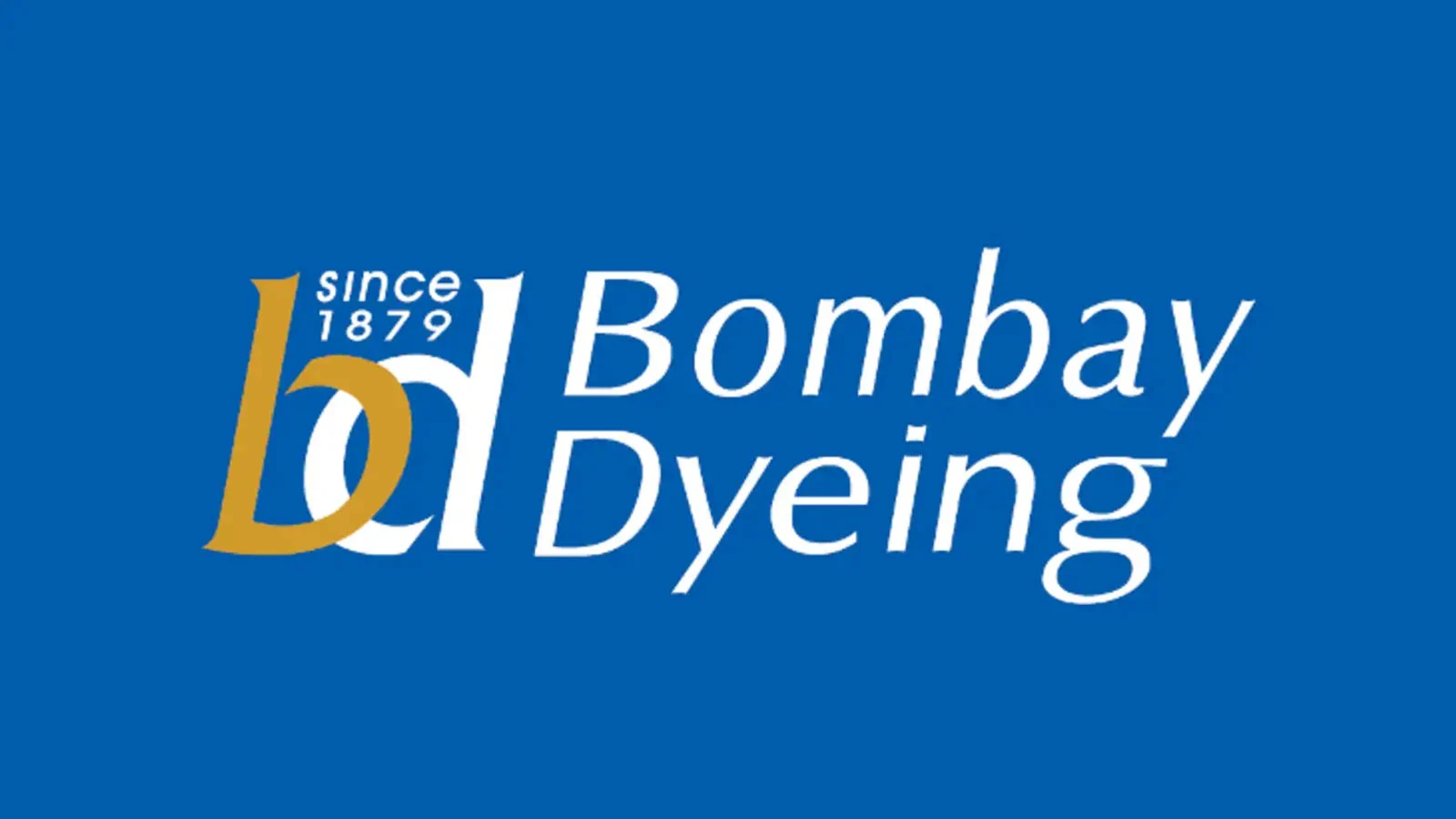
1.webp)


1.webp)
























1.webp)






.webp)




















1.webp)




1.webp)
1.webp)


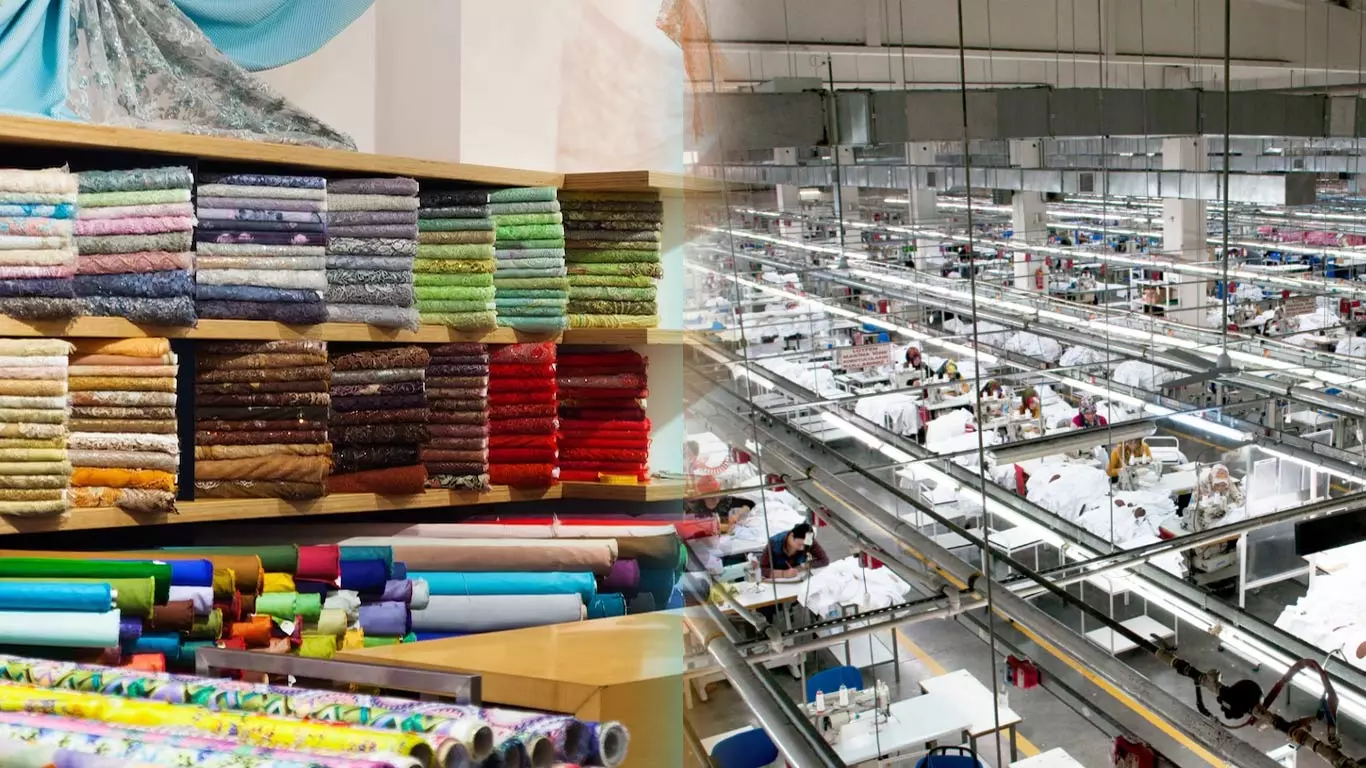
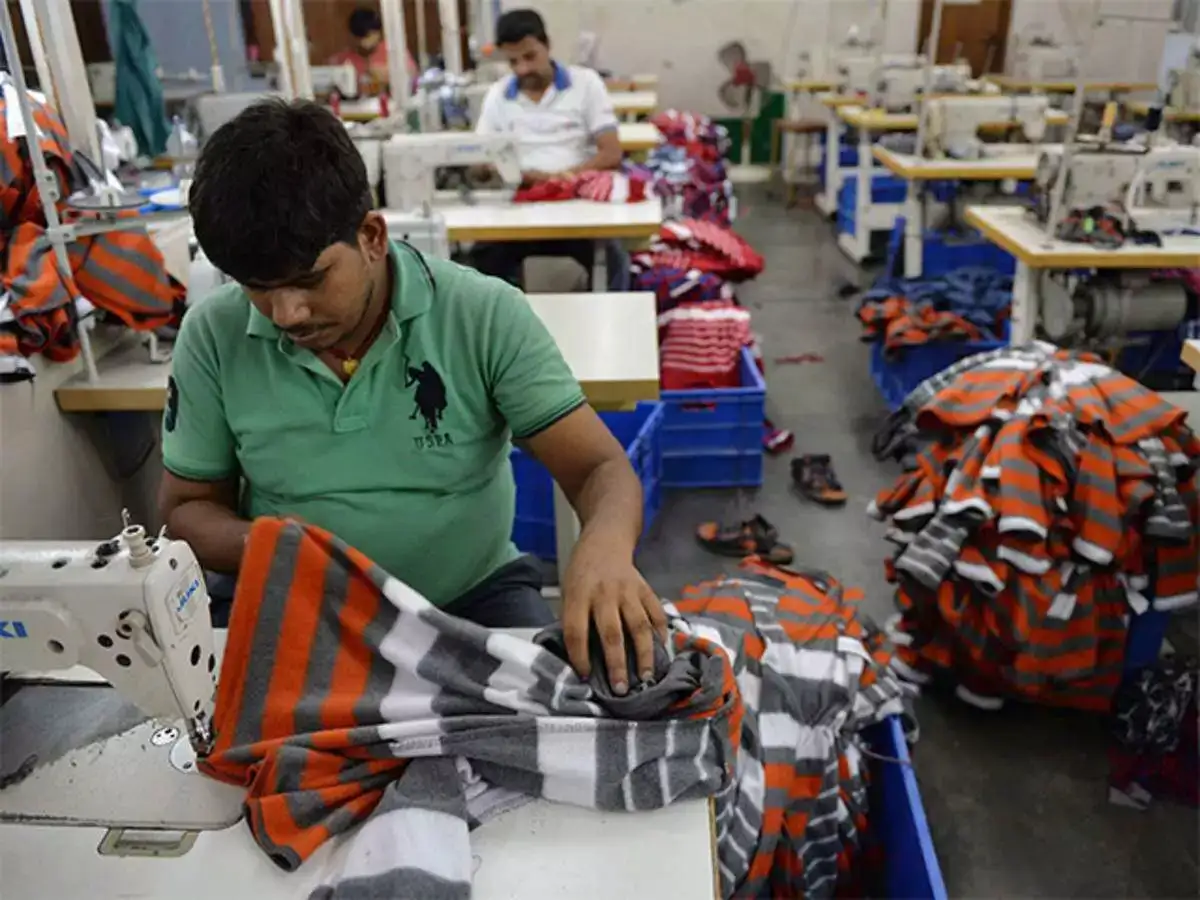
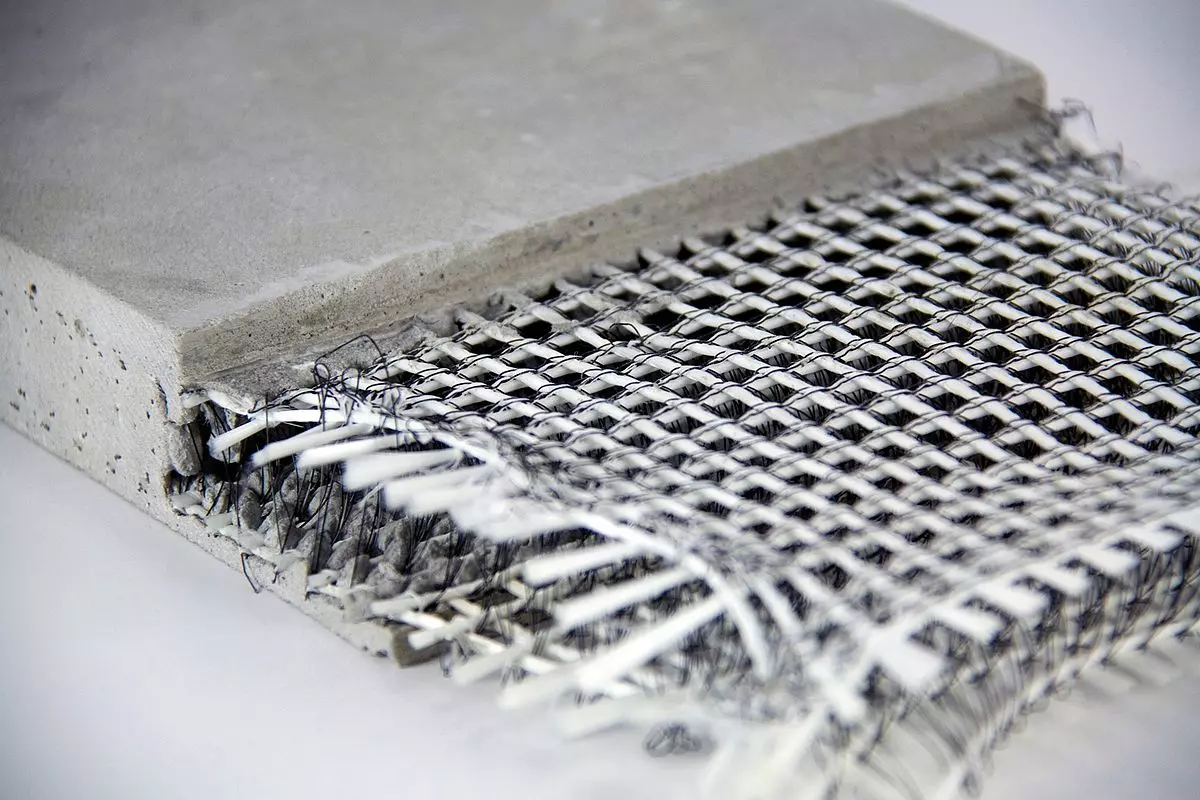

















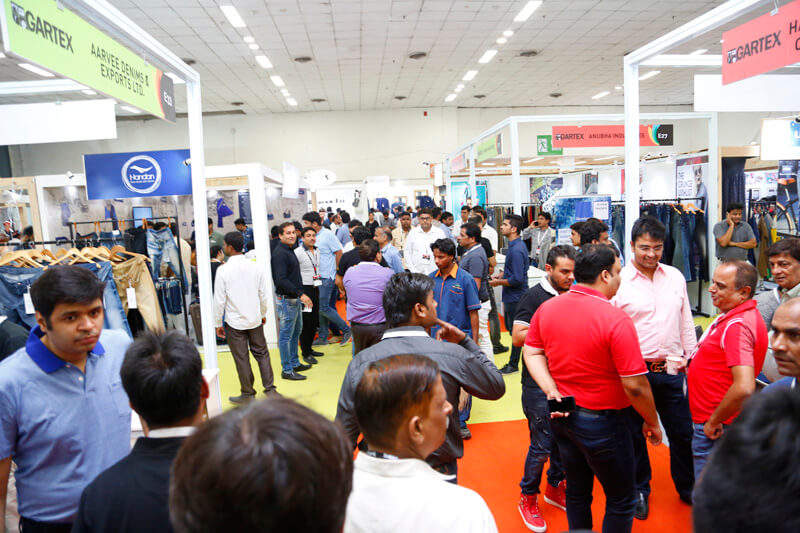
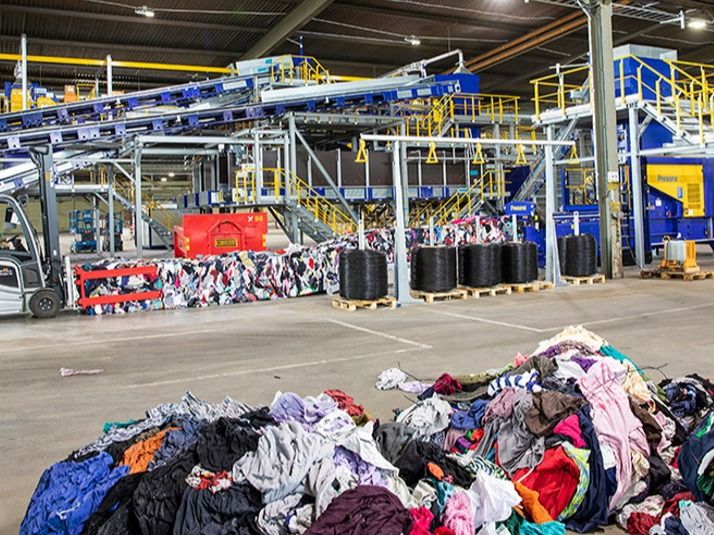
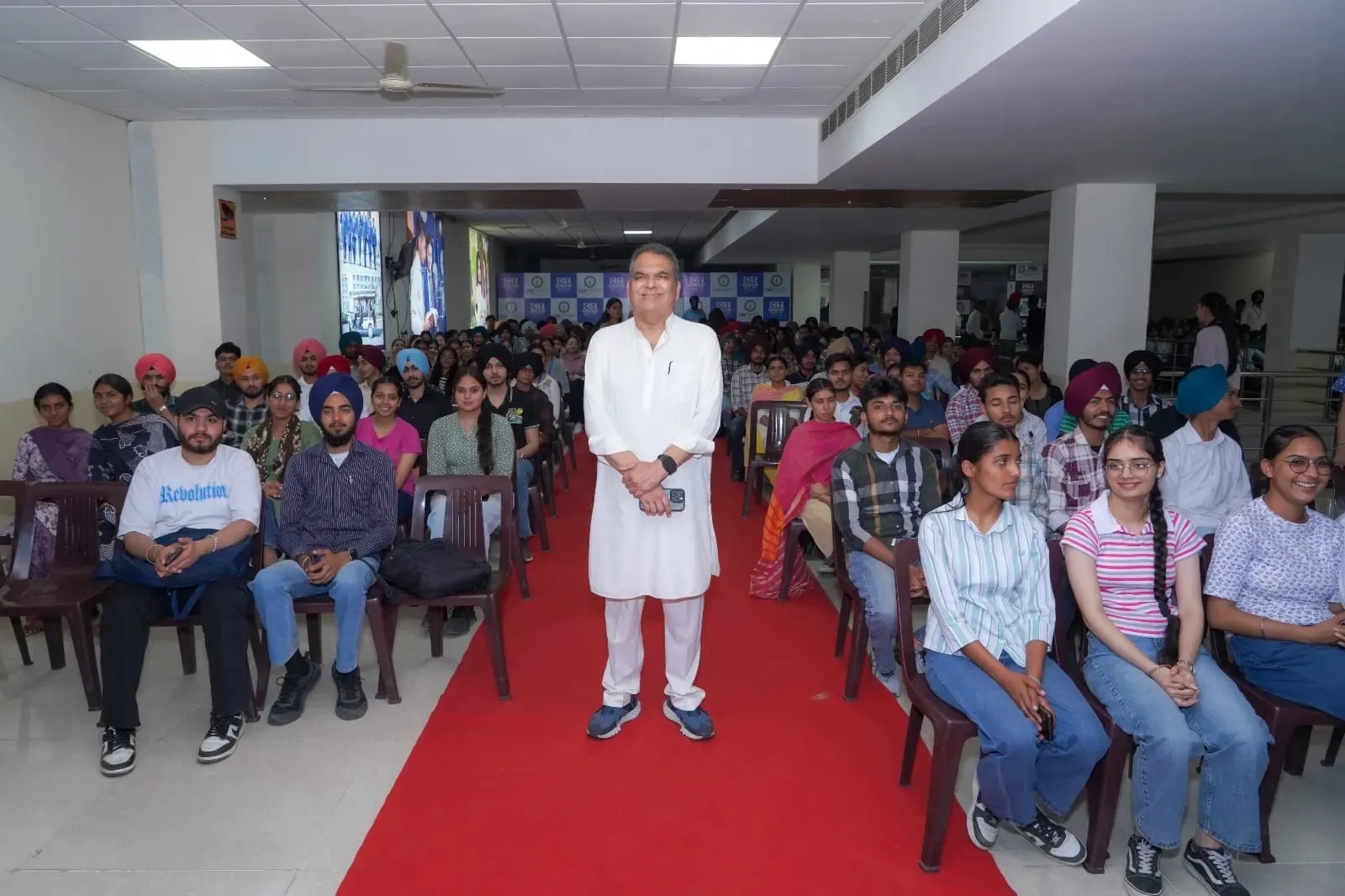



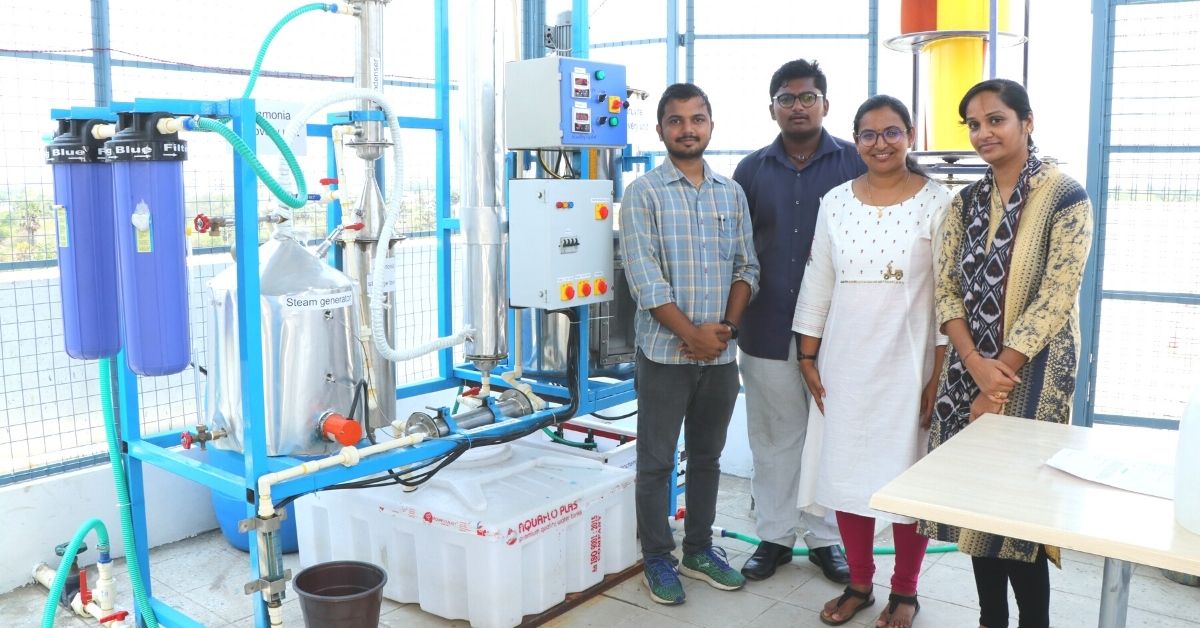












1.jpg)


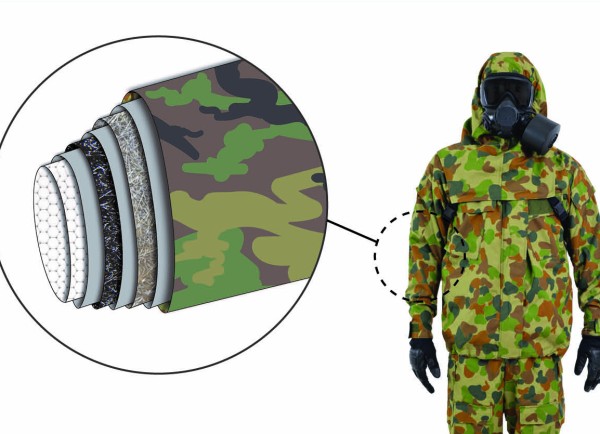





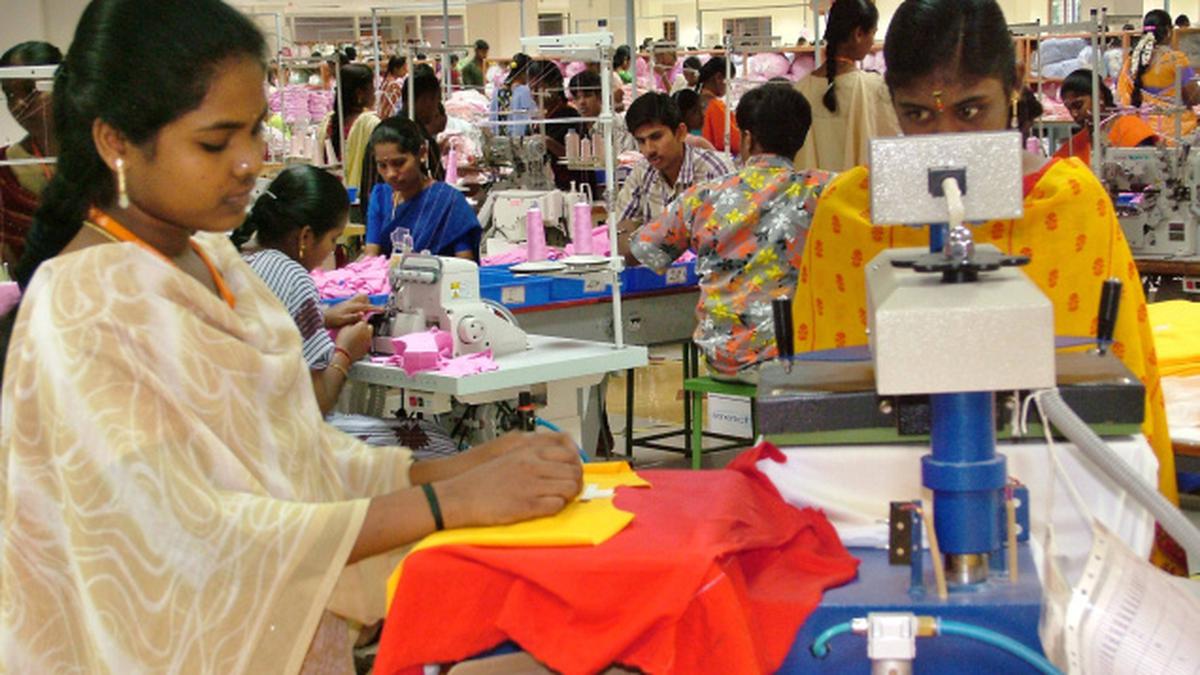


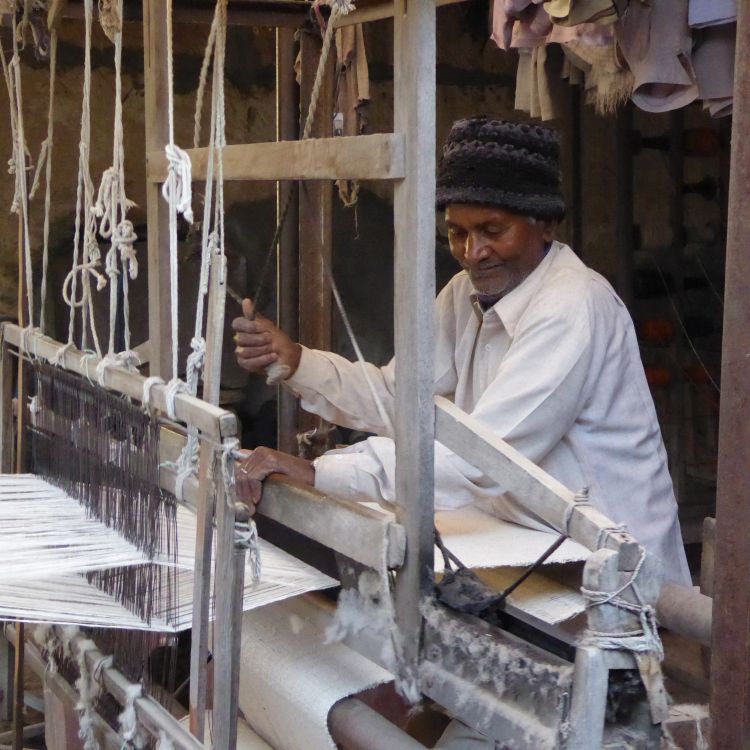

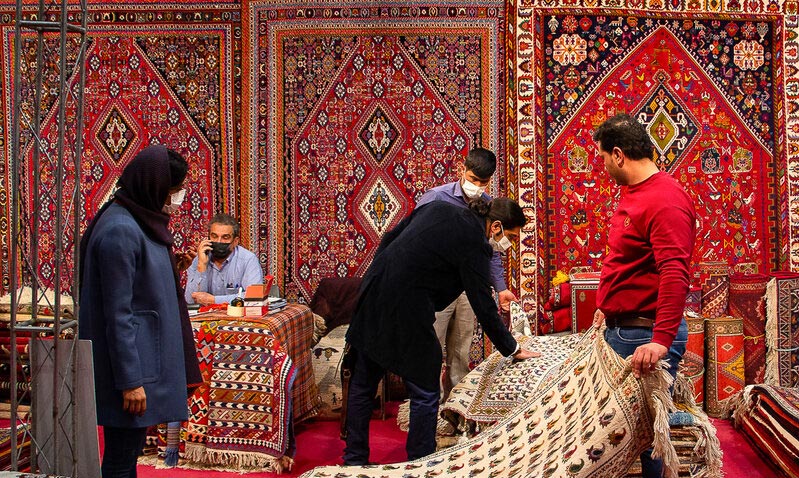













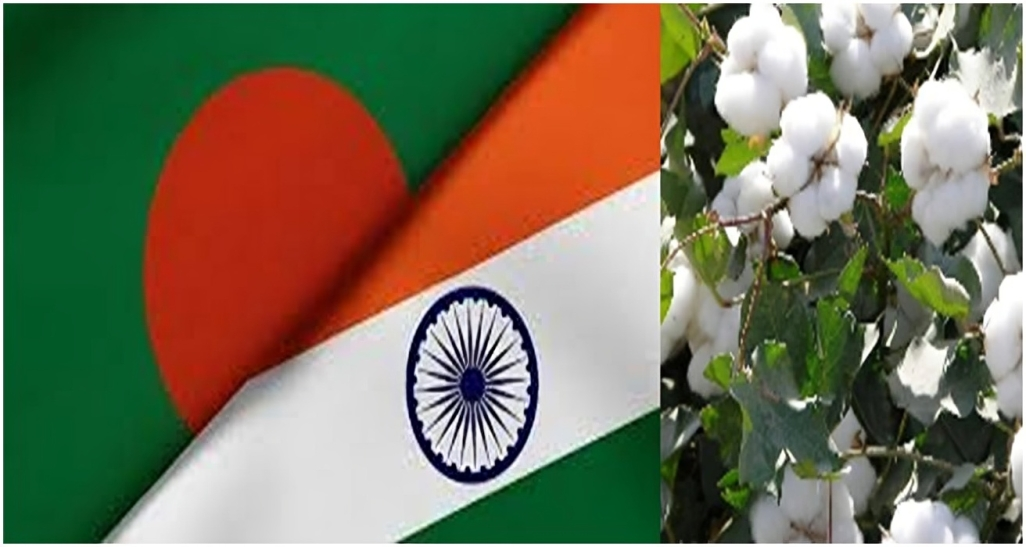
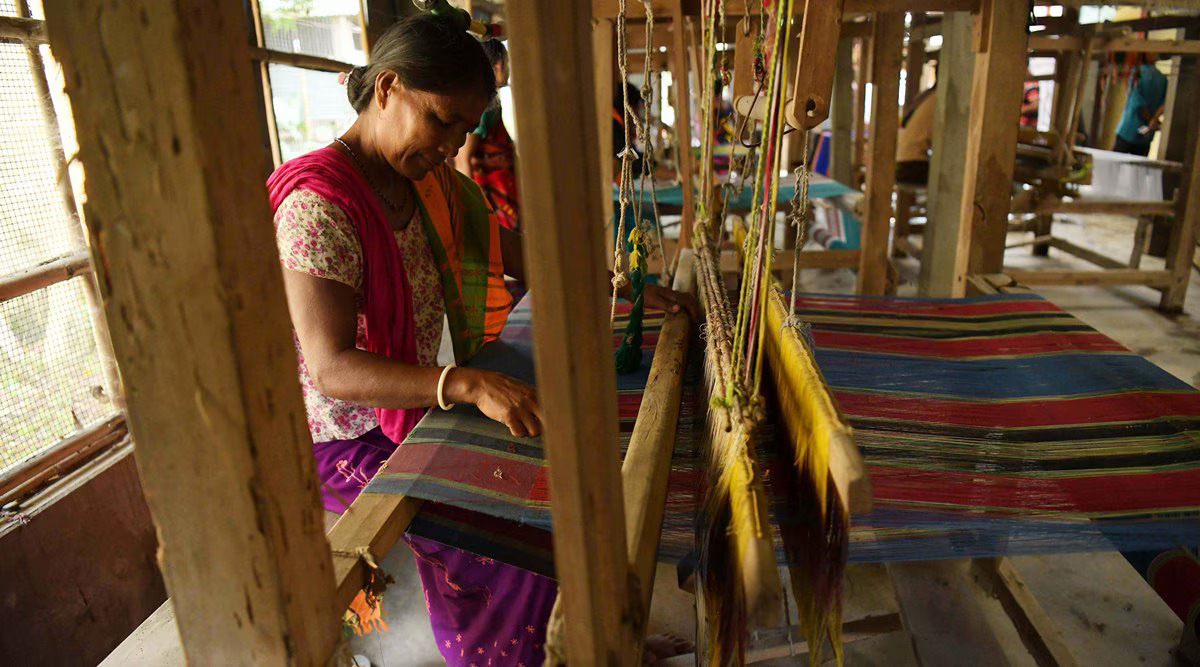



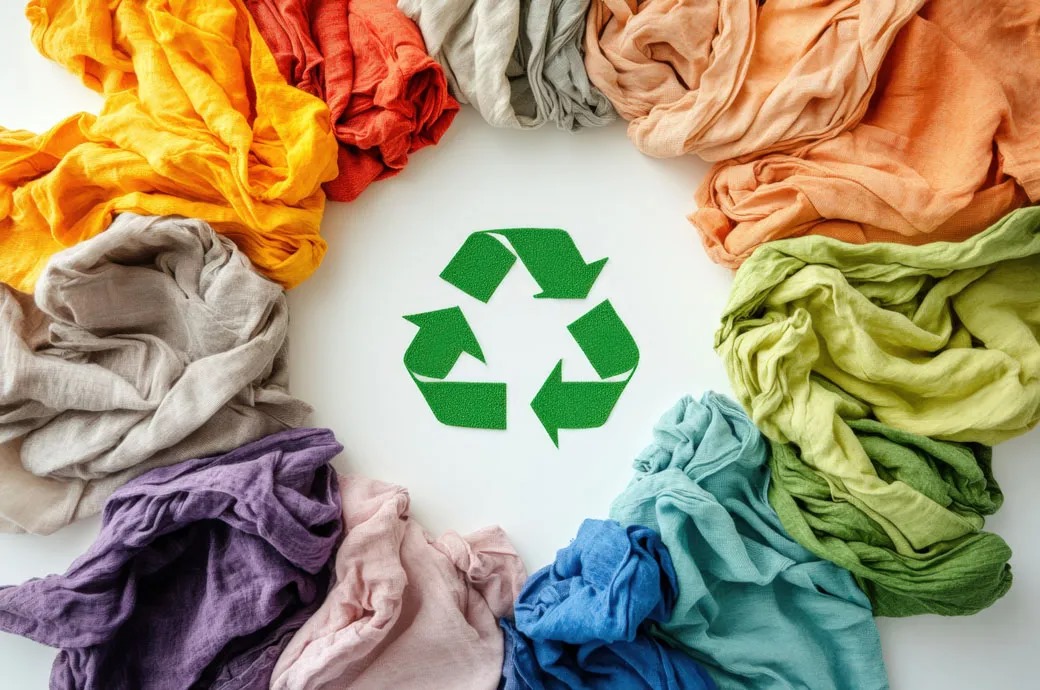


_large1.jpeg)












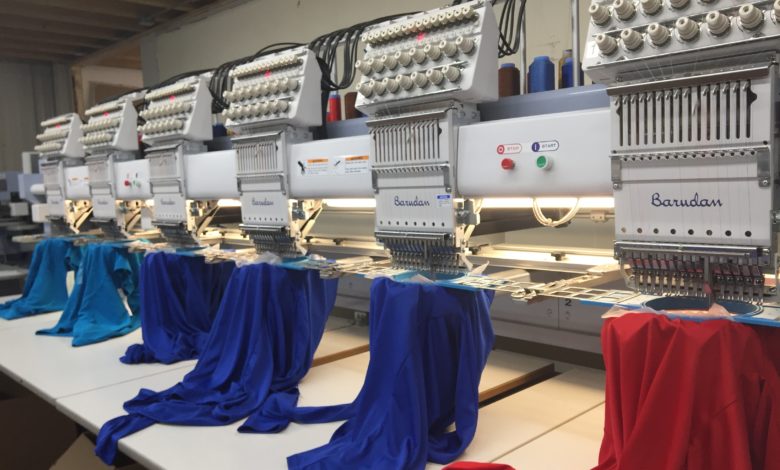























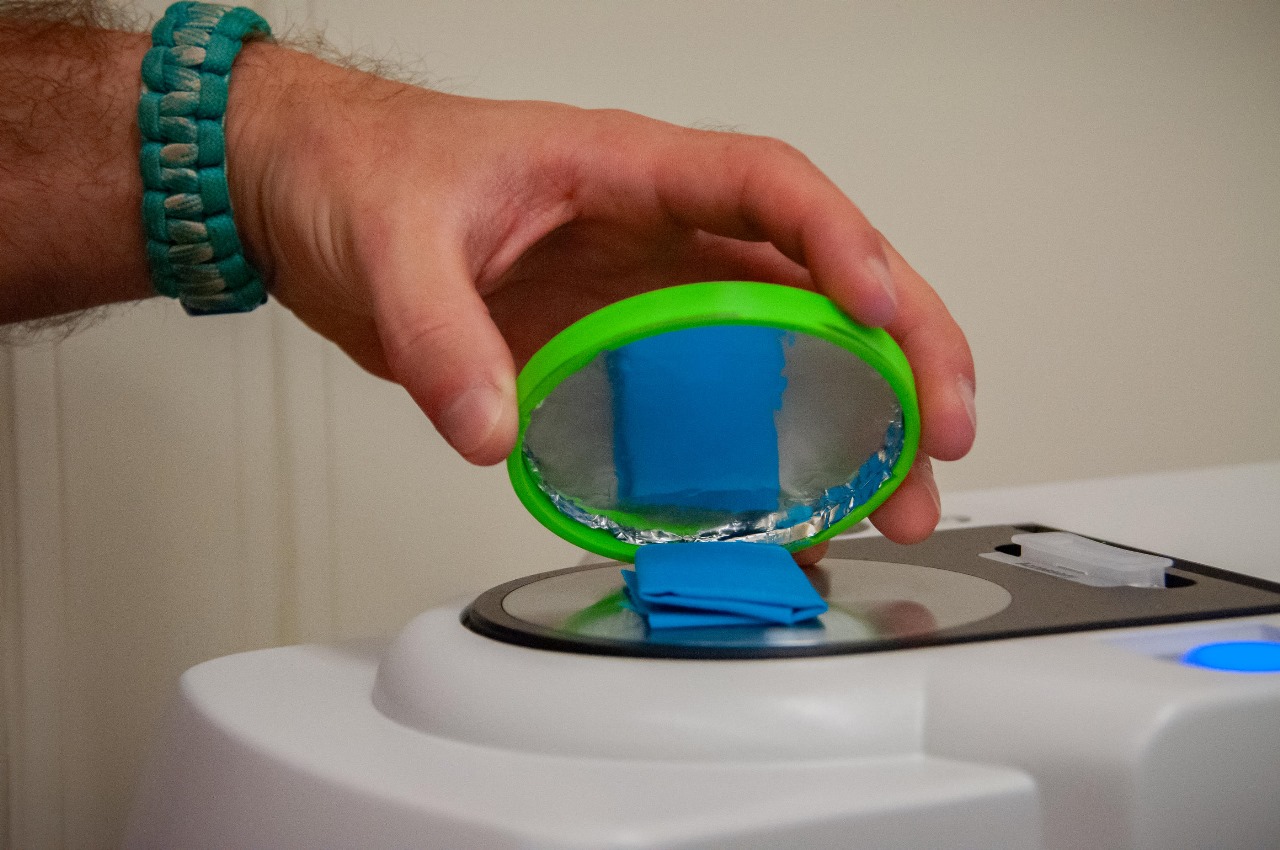




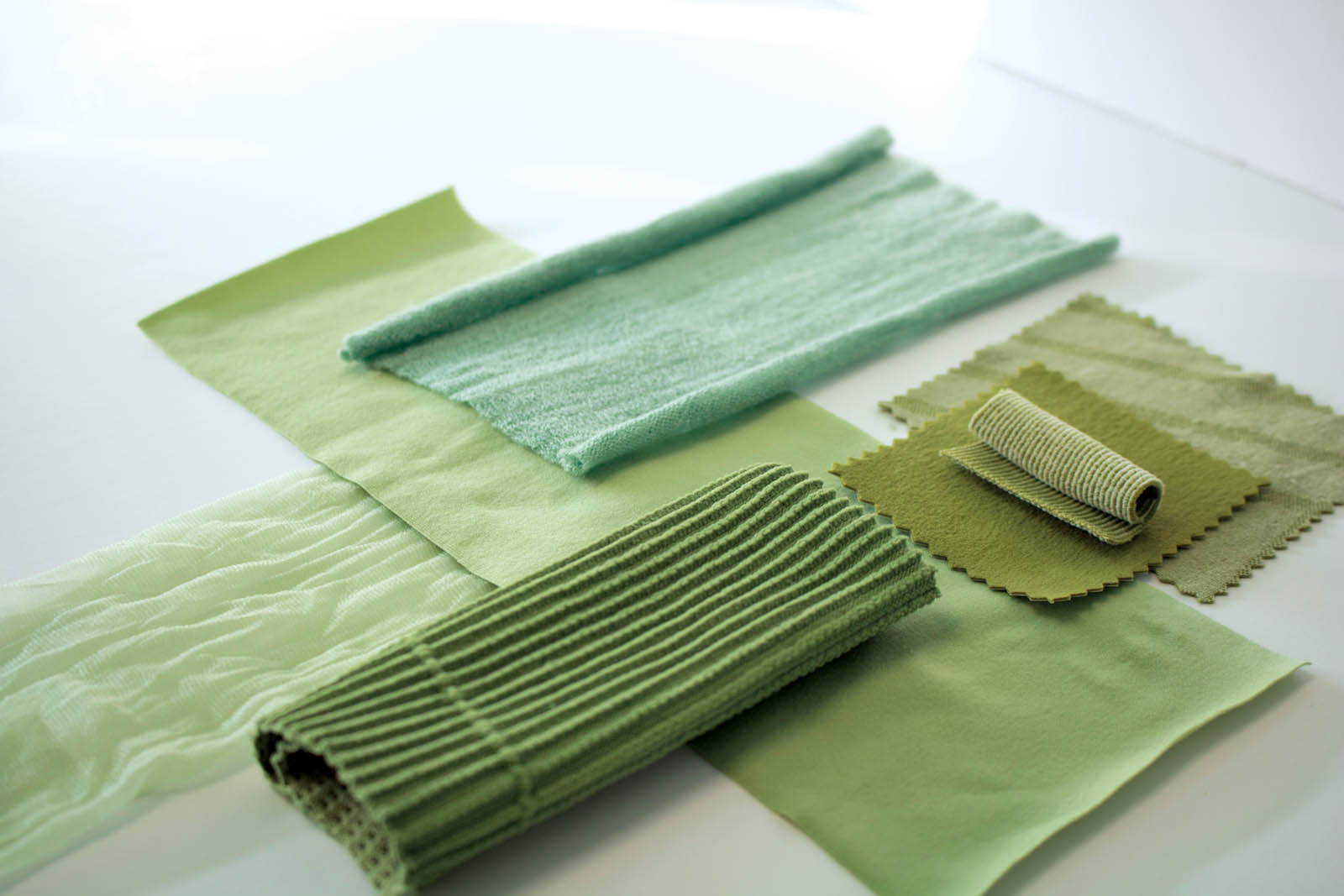





.png)



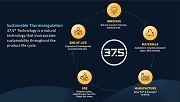








.jpg)
.jpg)









1.jpeg)
